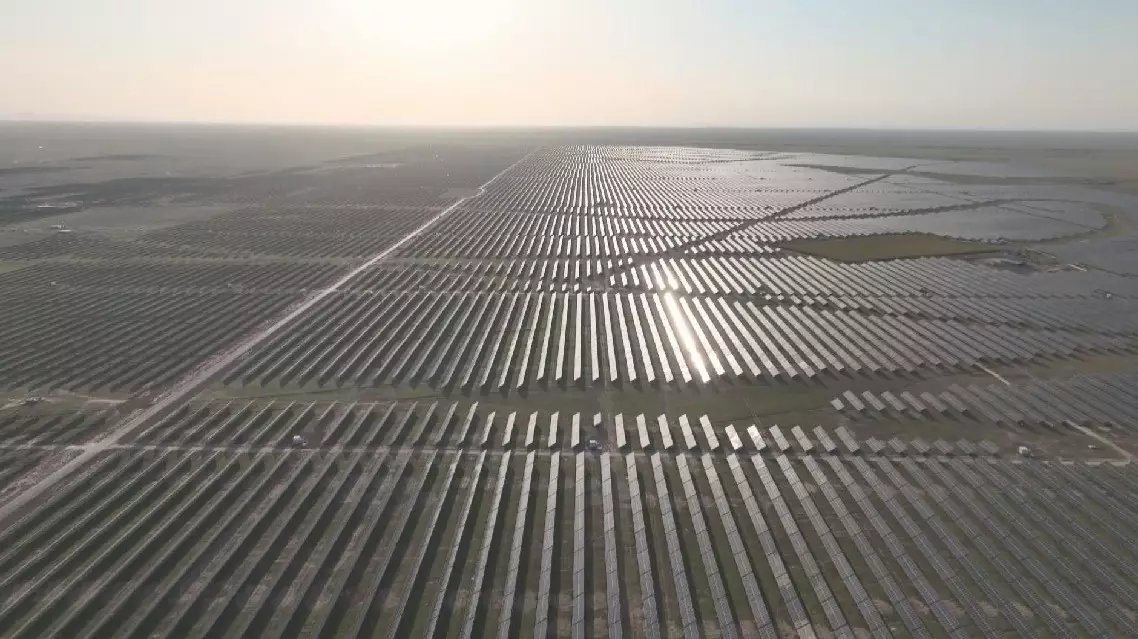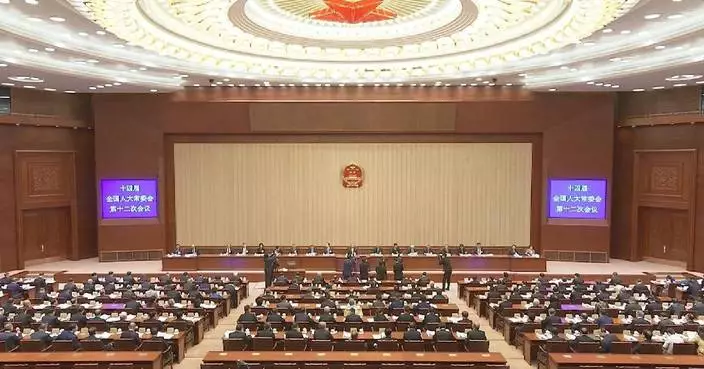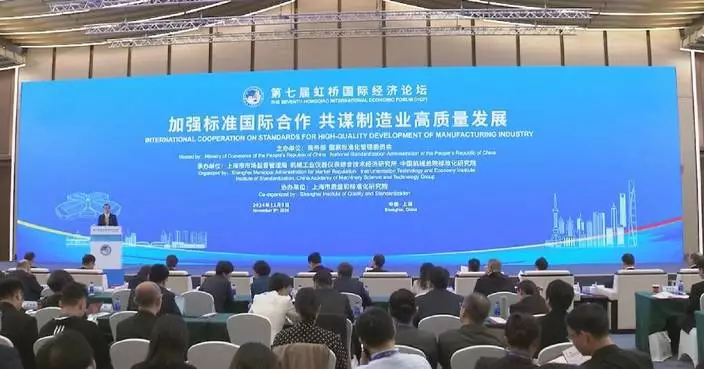President Xi Jinping has urged fully intensifying troop training, enhancing combat preparedness and improving airborne operation capabilities to build a strong and modernized airborne force.
Xi, also general secretary of the Communist Party of China Central Committee and chairman of the Central Military Commission, put up the requirement while inspecting an airborne corps in the city of Xiaogan, central China's Hubei Province on Monday afternoon. Xi met with representatives of the corps and had photos taken with them.
He checked combat and support equipment, and learned about the technical and tactical strengths of signature weapons and equipment.
While visiting the history museum of the airborne force, he urged the soldiers and officers to carry forward their fine traditions and strive to become the heroes of the new era.
Later, Xi was briefed on the work of the corps and made a speech.
He called on the soldiers and officers to bear in mind their responsibilities and missions, and strengthen awareness of combat readiness.
Xi urged efforts to master the special points and laws of airborne operations in modern warfare, and update concepts of airborne operations, to make the most of the unique strengths of the airborne force.
He stressed promoting the integration of combat and training, and strengthening joint command, joint operations, and joint support capabilities.
It is essential to apply advanced sci-tech achievements to empower the development of the airborne force, driving the transformation in the generation mode of combat power, Xi said.
He also stressed the importance of building the army in accordance with the law, and running the army with strict discipline.
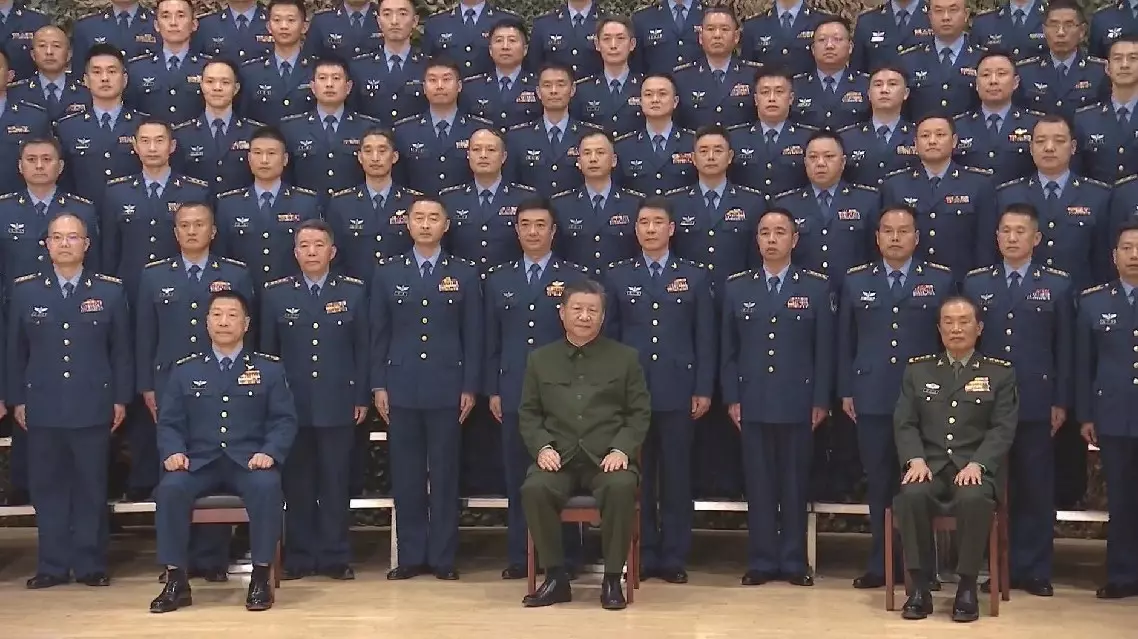
Xi urges building strong, modernized airborne force
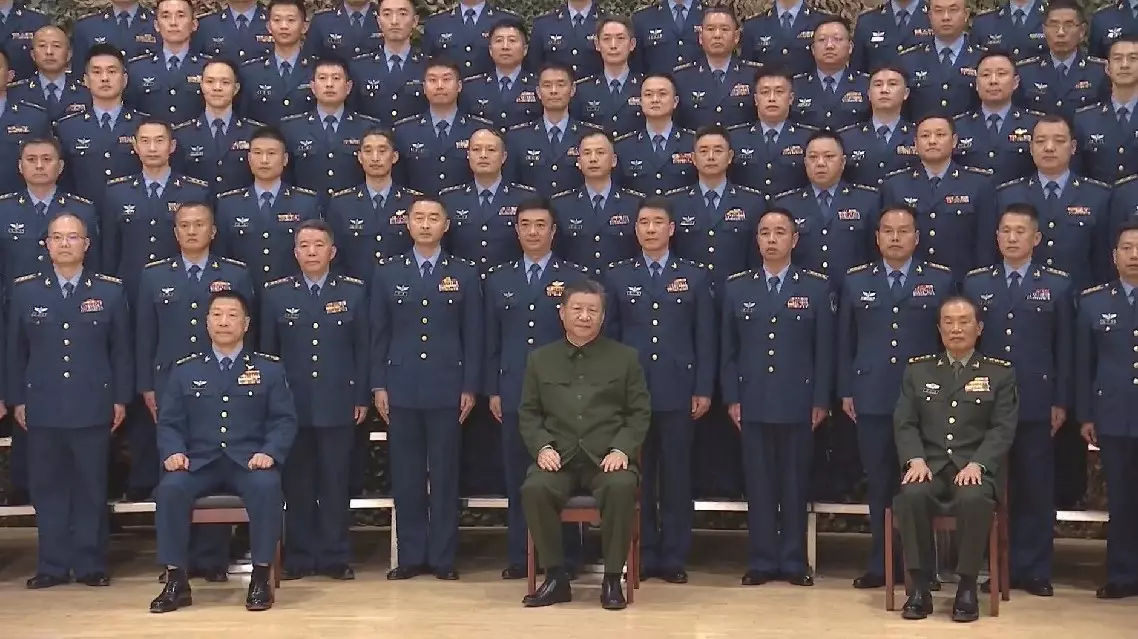
Xi urges building strong, modernized airborne force


